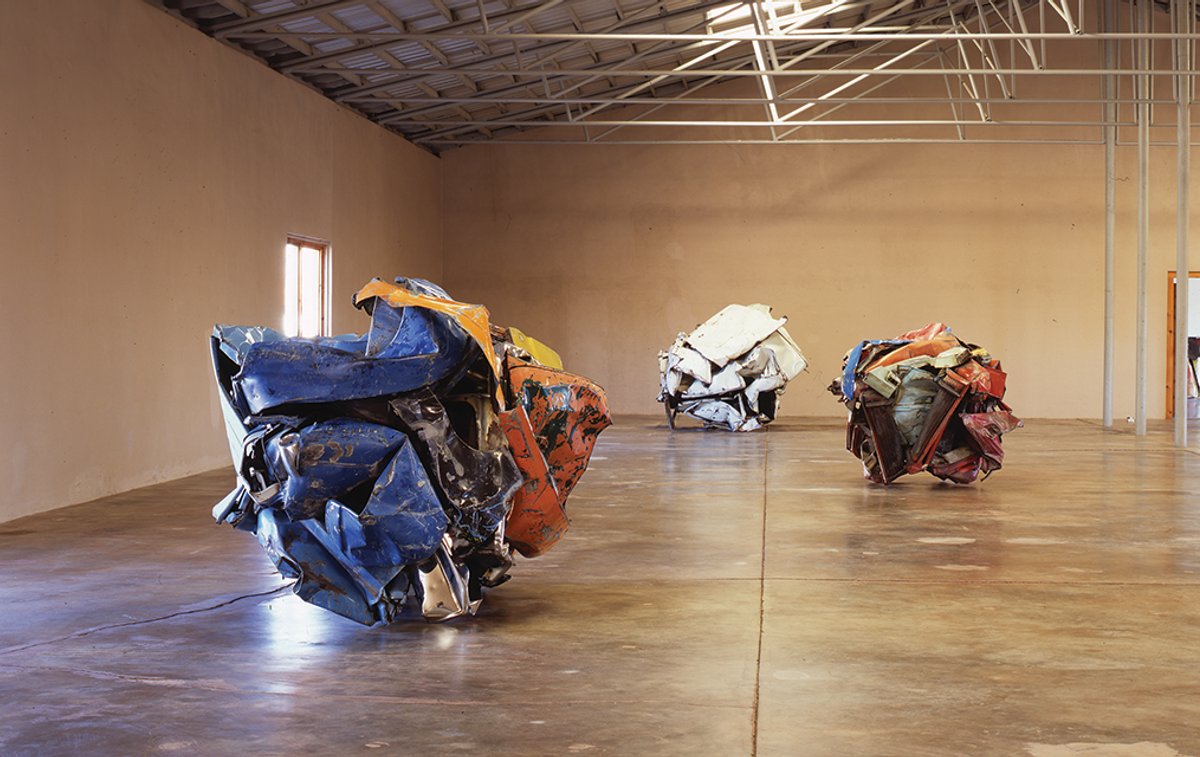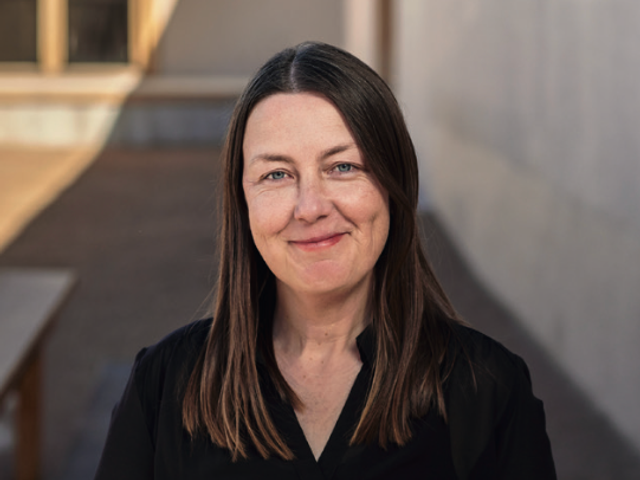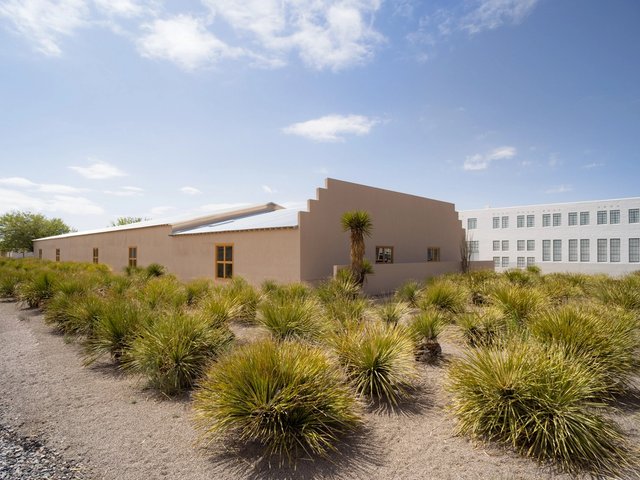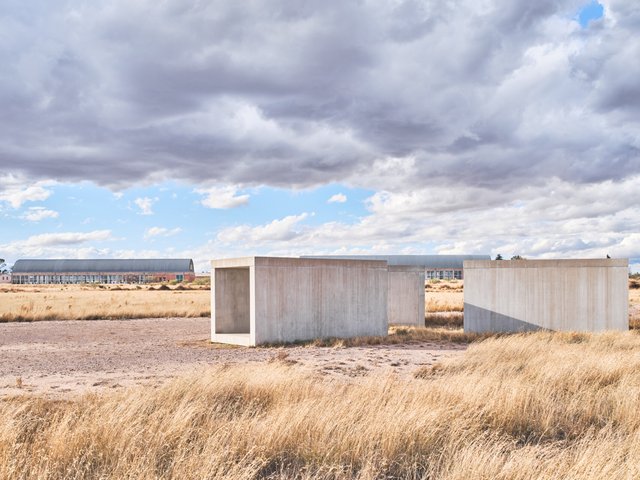The largest permanent installation of John Chamberlain’s work in the world will reopen on 30 April at the Chinati Foundation in Marfa, Texas, after a year-long $2.7m restoration of its converted warehouse dedicated to his monumental sculptures.
In 1983, the Chamberlain Building was the first structure to open to the public at Chinati, a sprawling centre for large-scale contemporary art established by Donald Judd.
Judd bought 34 industrial buildings on 340 acres in remote west Texas—including a former military base—and began transforming them into the ideal setting for his own sculpture and work by other artists he admired, such as Chamberlain, Dan Flavin, Roni Horn and Richard Long.
Judd died in 1994 but the realisation of his plans has continued, most recently with a 2016 installation by Robert Irwin at an old army hospital building.
In the extreme weather conditions of Marfa’s high-altitude desert environment, the deteriorating 23,000 sq. ft Chamberlain Building was identified as the top priority in the Chinati Foundation’s 2017 master plan for the future.
This included guidelines addressing the maintenance of its buildings, the preservation of the landscape and how to support growth in visitor numbers, which were approaching 50,000 a year before the Covid-19 pandemic.

The Chamberlain Building opened in 1983 as the first element of Chinati, an art destination founded by Donald Judd in remote west Texas. A year-long revamp has reversed years of deterioration in the harsh desert landscape. Florian Holzherr; courtesy of the Chinati Foundation; © 2022 Fairweather & Fairweather LTD/Artists Rights Society (ARS), New York.
Judd created the Chamberlain Building out of three abutting wool warehouses in downtown Marfa. Chamberlain selected and installed with his friend 22 large works made from crushed and welded automobile parts and carved his largest urethane foam sculpture, Barge Marfa, on site in 1983. All the steel pieces have now been cleaned, while Chinati’s conservation team made a 3D documentation of Barge Marfa in case it should ever need to be refabricated.
The foundation collaborated on the restoration with the architects Schaum/Shieh and JC Stoddard Construction. Erosion and water infiltration meant that the building’s metal roof needed to be entirely replaced, including Judd’s fibreglass skylights. “It was revelatory how much natural light comes into the place when the skylights were replaced as Judd had intended them to be,” says Jenny Moore, the director of the Chinati Foundation. Other architectural interventions by Judd, such as 9ft-by-9ft windows that could swing open, failed relatively early on. “Through this renovation, we could make structural and engineering improvements while preserving the elegant Judd design,” she says.
Outside, a massive garden of native desert sotol plants has been replanted to reinstate Judd’s original grid design. (The master plan foresees the conservation of Chinati’s vast land holdings, including restoring grasslands and replanting cottonwood and pinyon pine trees.)
Also restored is a courtyard built by Judd on the building’s north-west side, enclosed by a distinctive adobe wall with bricks exposed and encased with cement. The wall and the Chamberlain Building were among the structures cited by the Texas Historical Commission in its recent nomination of the Central Marfa Historic District for listing in the US National Register of Historic Places. Such a designation would allow the foundation to pursue tax credits to help offset the cost of its preservation efforts.
Chinati’s ongoing master plan will be funded with a capital campaign estimated at $40m. “For us, it’s an opportunity to engage communities of land conservation and buildings restoration in a way that we might not expect a museum to be able to do”, Moore says. “Judd created Chinati with the interrelationship between art, architecture and land as parts of an inseparable whole.”





